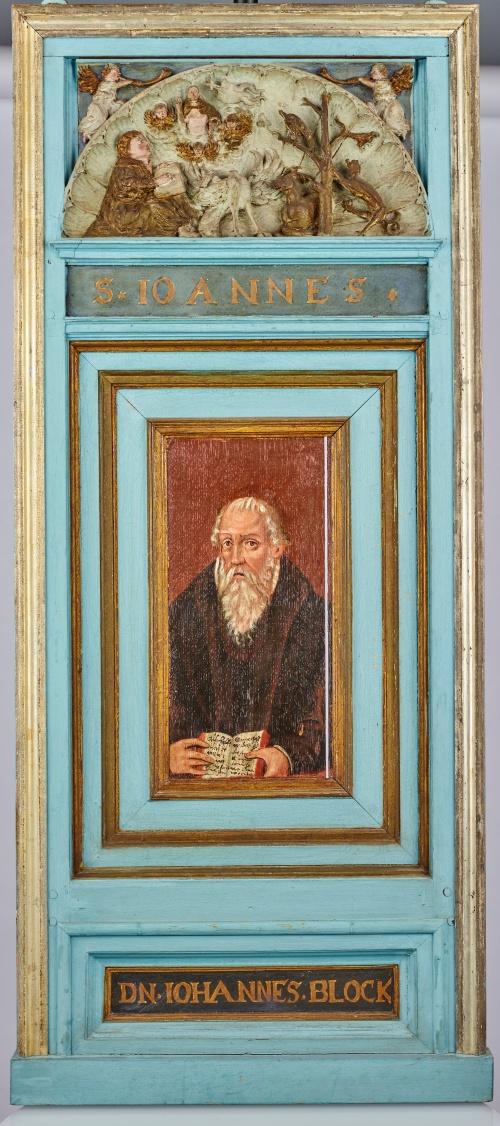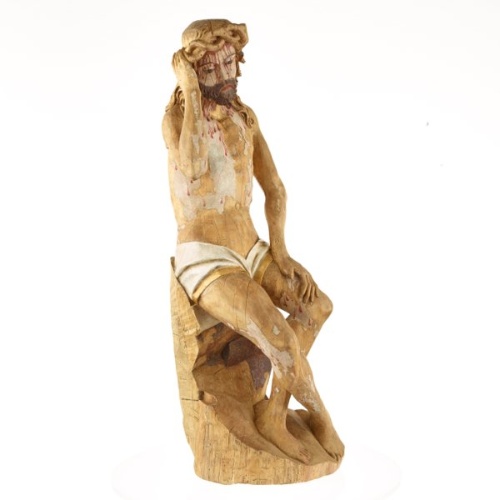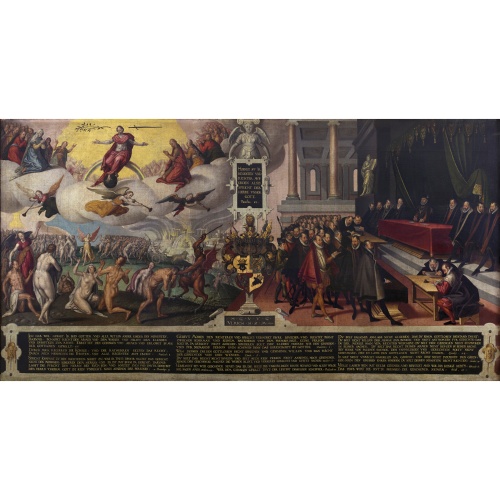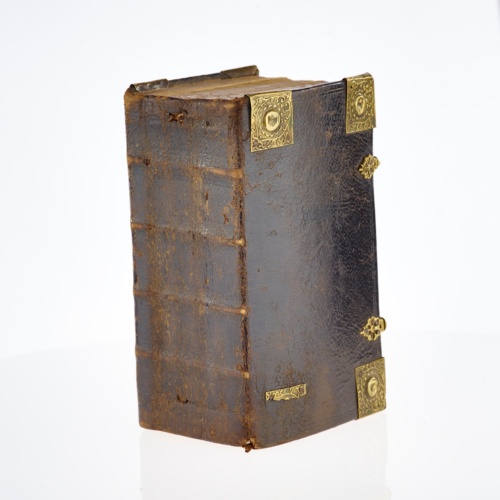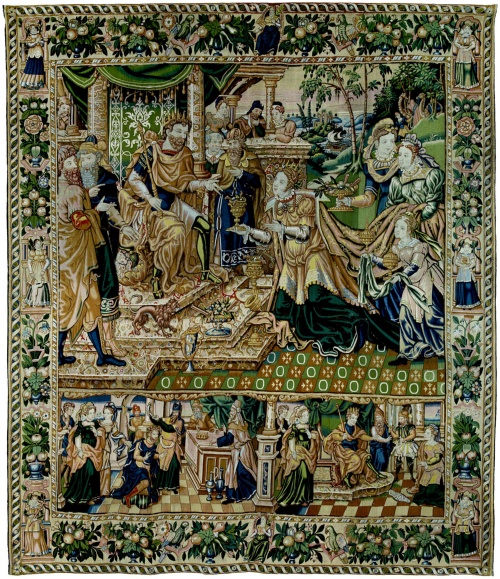A new Church Order formed the basis for the national church from 1552 and for centuries. Monasteries were secularised. Protestant convents were only retained in Rostock, Malchow, Ribnitz and Dobbertin. Resistance to Roman Catholicism was suppressed. The principle of “cuius regio eius religio” applied – whoever ruled determined the religion. The first episcopal administrator was Ulrich I. of Mecklenburg. The superintendent order internally restructured the Lutheran national church in 1571 through the church districts of Wismar, Güstrow, Parchim, Schwerin, Rostock and Neubrandenburg.
Religion 1550 up to 1600
On the timeline through this topic
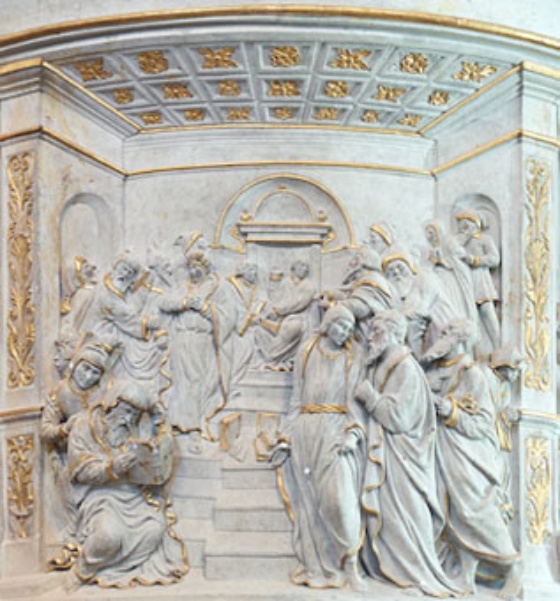
1563
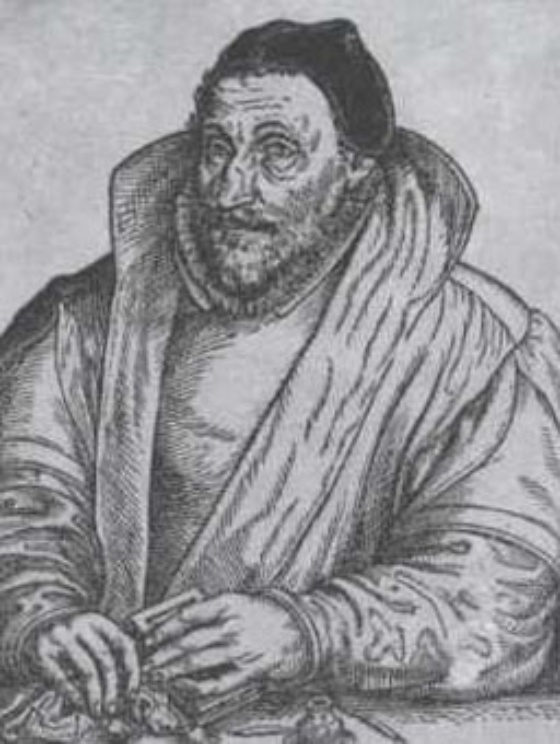
Church councils in Greifswald, Stettin and Kolberg watch over the Pomeranian churches and schools. The Diocese of Cammin becomes an independent, secular region under the auspices of members of the ducal family. Following a protracted dispute, an ordinance is issued in 1569 to regulate the affairs of the monasteries Bergen on Rügen, Kolberg, Marienfliess, Slupsk and Verchen, which are converted into Protestant care homes for aristocratic spinsters.
Jakob Runge, chief superintendent in Wolgast, is in charge of church organisation. His new church regulations are printed in 1563. This strengthens expansion of the state church.
Roman Catholic resistance is suppressed. Defined in Greifswald, the principle of 'cuius regio eius religio' – whose realm, his religion – applies.
